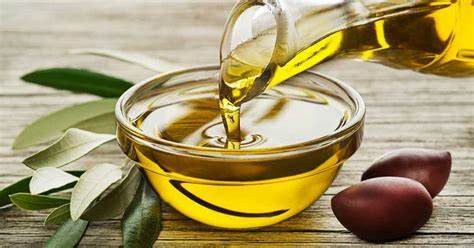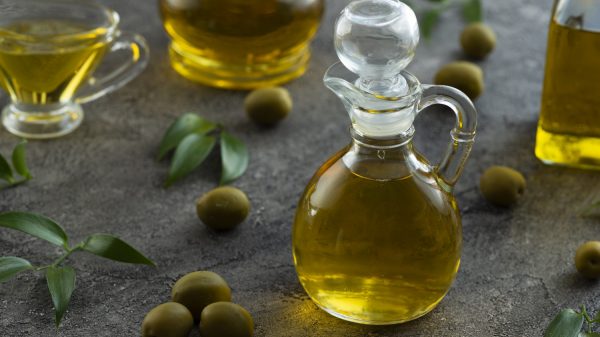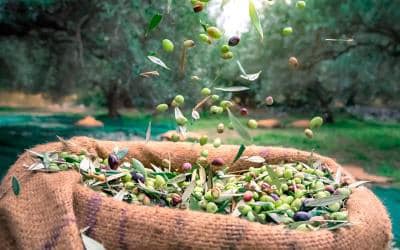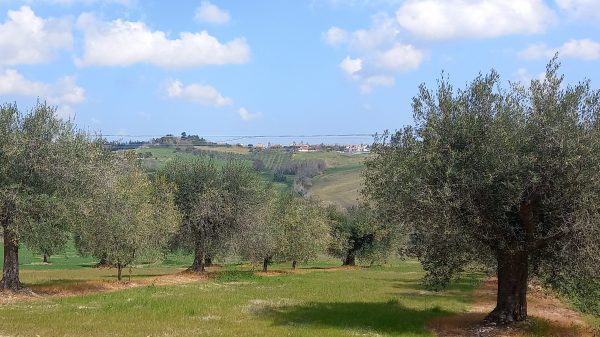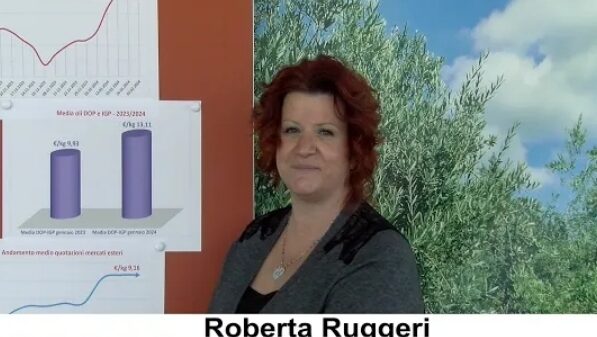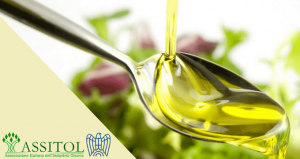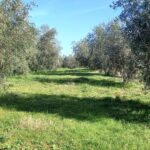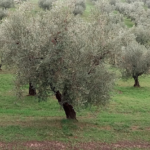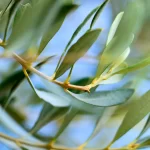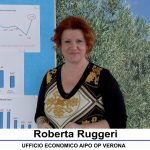La new Pac, which entered into force on 2023 January XNUMX, provides for a series of interventions in favor of olive growers. Among these is also theEcoscheme 3, a measure aimed at supporting and improving the productivity of olive groves of particular landscape and historical value. The Eco 3 requires a payment of 220 euros per hectare, but also imposes some obligations, including a ban on burning pruning residues. Here is an interesting article published on the Cna website which illustrates the news and obligations in detail.
What Ecoschema 3 foresees and what are the obligations that olive growers must comply with.
Eco 3 provides for a payment of 220 euros per hectare for olive groves of particular landscape and historical value. There is also a 20% increase (which brings the payment to 264 euros) for those fields that fall within the Natura 2000 or Zvn areas, Zones Vulnerable to Nitrates of agricultural origin.
They can request this payment all olive growers in possession of olive groves with an average density (at parcel level) of less than 300 plants per hectare and those identified by the region or autonomous province responsible for the area, up to a maximum of 400 plants per hectare, on the basis of objective elements such as the architecture of the plants, breeding techniques and other traditional practices. There minimum density is 60 plants per hectare and is calculated at the level of the agricultural parcel.
Each Eco-schema involves a series of obligations, with climatic-environmental purposes, which the farmer is required to fulfill in order to access payments.
Specifically, Eco 3 provides that:
• The farmer ensures that the olive trees are pruned at least once every two years. This is imposed to improve the productivity of traditional olive groves, which are sometimes not pruned for cost reasons.
• Pruning residues cannot be burned on site, unless otherwise indicated by the phytosanitary authorities. Anyone who does not intend to adhere to this Ecoschema can obviously burn pruning residues in the field, while respecting the sector legislation.
• The olive grove object of the commitment is maintained in its status quo, as a landscape value and prohibition of conversion, even through thickening, into more intensive systems. The commitment must be maintained for at least one year after joining the Ecoschema.
Why is it forbidden to burn olive tree pruning residues?
As mentioned, Eco-schemes are payments, envisaged by the First Pillar of the CAP (Direct Payments), which have a climate-environmental purpose. In other words, their objective is to make agriculture more sustainable for the climate and the territory. In fact, the CAP Strategic Plan (PSP) states that “the ban on on-site burning ensures that the Ecoschema contributes to the mitigation of climate change by reducing emissions”.
Also in the Psp, the reasons that prompted the legislator to launch Ecoschema 3 are well explained. which would damage the landscape, would lead to an increase in chemical inputs and an irreparable loss of biodiversity".
Furthermore, the Psp also reads, "the Ecoschema is aimed at supporting the maintenance of olive groves as a heritage of the agricultural landscape and where traditional olive growing performs important environmental functions such as the protection of agricultural biodiversity, the prevention of hydrogeological instability and the risk of fires".
And again: "The Ecoschema therefore aims to preserve and enhance the landscape and historical aspects of the olive grove areas of the Italian territory, protecting the characteristics of traditional olive growing, which is less productive than a more intensive production method, with a greater need for inputs" .
For more info: https://www.reterurale.it/PAC_2023_27


